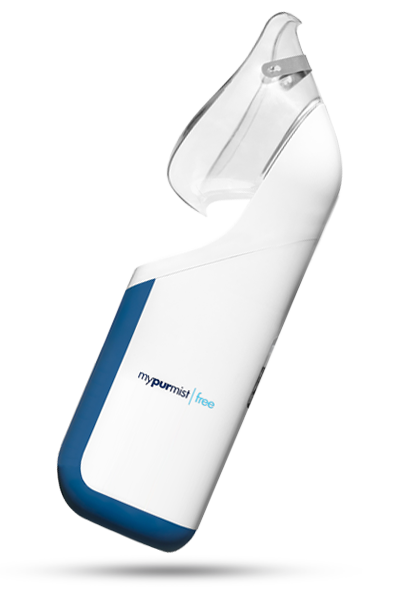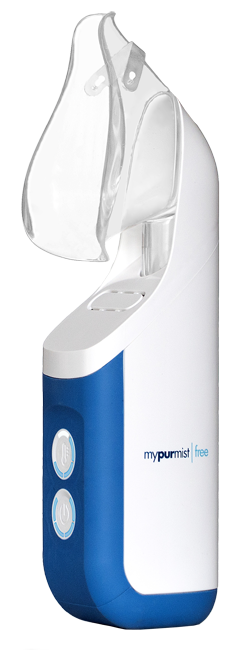What is hay fever?
Hay fever is the common name for the medical term allergic rhinitis. It is the most common allergic disorder in Australia and NZ, affecting an estimated 1 in 5 Australians.
The name came about because symptoms occurred during hay harvesting season when pollens were in the air. It happens when you breathe in something that you are allergic to, these are known as allergens and they cause the mucous membranes linings of your nose to become inflamed and swollen. These allergens are found in grasses, pollens, dust mites, animal hair, animal dander (skin) and mould, to name some common ones.
Hay Fever (Allergic Rhinitis) Symptoms
Nearly everyone with allergic rhinitis complains of an itchy, stuffy or running nose. Sneezing is common, a post nasal drip can trigger coughing and you may experience an itchy or sore throat or burning, watery eyes. Symptoms range from mild to severe, the latter reducing quality of life with absences from work or school.
While these symptoms can be similar to a cold or flu, a cold or flu is caused by a virus. Allergic rhinitis is a different medical condition to sinusitis (inflammation of the sinuses) but poorly treated allergic rhinitis can predispose you to sinusitis and sinus infection.
When does Allergic Rhinitis Occur?
Depending upon the allergy, allergic rhinitis can be seasonal or year-round (perennial allergic rhinitis). Seasonal allergic rhinitis comes and goes as various plants come into bloom. In Spring you may be allergic to tree pollen; in Spring/Summer a likely cause is grass and weed pollen; while in late summer and autumn ragweed is a common cause in the Eastern states of Australia and the Northern Territory. Year-round allergic rhinitis is most likely caused by indoor allergens such as dust mites, mould or animal dander.
How to reduce/ treat Allergic Rhinitis symptoms?
If you have allergic rhinitis, the best thing to do is to lessen your exposure to the allergens that cause your symptoms as much as you possibly can. The duration and severity of allergic rhinitis symptoms are useful in guiding therapy. Treatments can include pharmaceuticals such as antihistamine tablets/nasal sprays/eye drops; nasal steroid sprays; decongestant sprays/tablets. In severe cases immunotherapy or “allergy shots” can be used by a medical professional once allergens have been identified by skin tests. Natural therapies include rinsing your nasal passages with sterile saline solution and steam.
Why steam?
Steam is a natural age-old remedy used to flush away allergens and irritants, such as pollens and grasses, from your nasal passages. Steam also thins mucous so that it drains out easily from your nasal passages and sinus. Nasal congestion is cleared enabling you to breathe freely. The therapeutic benefits of steam are recommended by doctors and leading medical sites. Being all natural, there are no unpleasant side effects from drugs.





